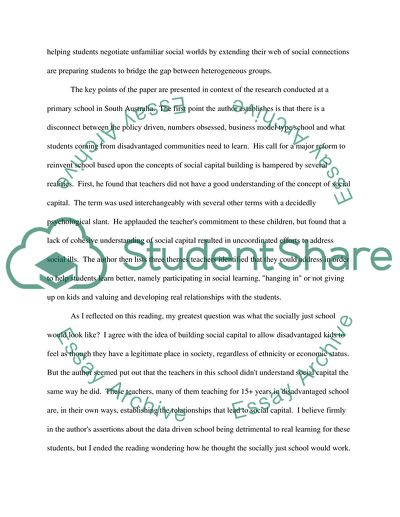Cite this document
(Students From Disadvantaged and Marginalized Communities Succeed in Book Report/Review, n.d.)
Students From Disadvantaged and Marginalized Communities Succeed in Book Report/Review. Retrieved from https://studentshare.org/education/1721585-critical-review-of-8-papers
Students From Disadvantaged and Marginalized Communities Succeed in Book Report/Review. Retrieved from https://studentshare.org/education/1721585-critical-review-of-8-papers
(Students From Disadvantaged and Marginalized Communities Succeed in Book Report/Review)
Students From Disadvantaged and Marginalized Communities Succeed in Book Report/Review. https://studentshare.org/education/1721585-critical-review-of-8-papers.
Students From Disadvantaged and Marginalized Communities Succeed in Book Report/Review. https://studentshare.org/education/1721585-critical-review-of-8-papers.
“Students From Disadvantaged and Marginalized Communities Succeed in Book Report/Review”, n.d. https://studentshare.org/education/1721585-critical-review-of-8-papers.


